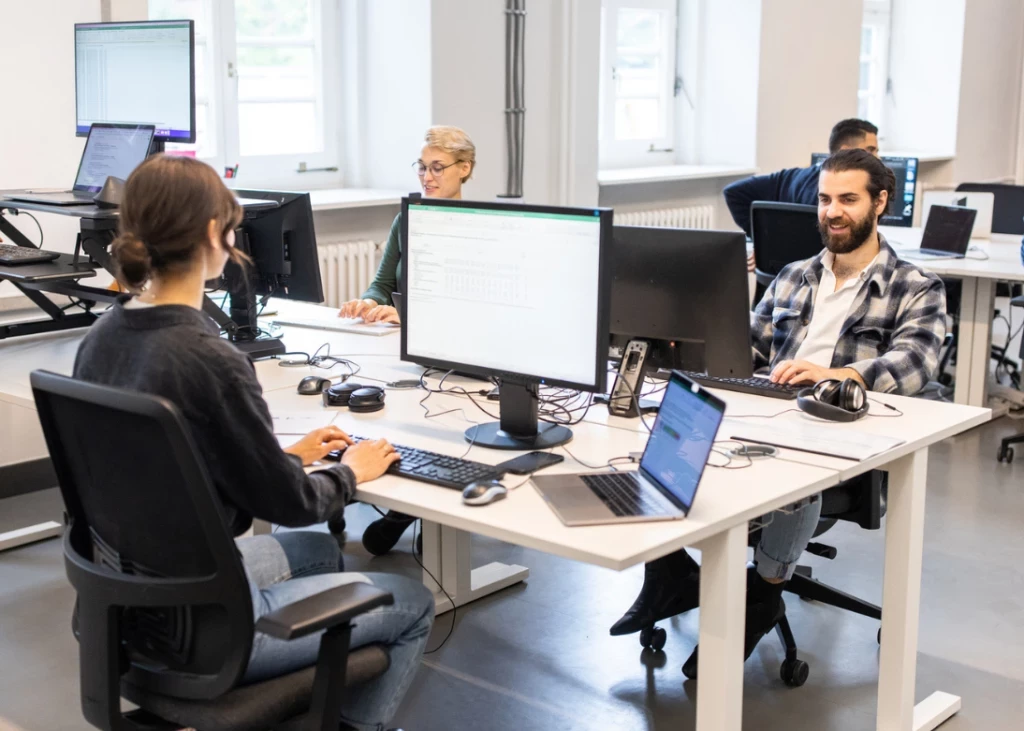
Our world has changed so much in a year. COVID-19 has gripped the planet and forced people in all walks of life to re-examine what they are doing daily, to abandon the unneeded and embrace the things that work and matter most in their respective lives. Organizations are having to embrace that strategy as well. It can be felt across the board, especially in the learning organizations.
In many cases, employees are remote and are required to learn in new ways… all while the company is finding its traditional forms of content transmission must adapt to this new reality.
Out of that, the Corporate Learning Network as devised the next iteration of Corporate Learning Week. This year’s event is all virtual and offers sessions on four non-consecutive days: March 9, 16 & 23. The fourth day features a series of master classes and an interactive group discussion focused on the management principles of Peter F. Drucker.
One of our featured speakers is Kacie Walters. She’s the Vice President – Global Practice Lead, Professional Development – HR Talent Management for the Northern Trust Corporation. Being a leader of one of the world’s most recognizable and influential brands, we asked her to look at the current trends and provide learning leaders like you a path forward into a successful 2021.

Kacie Walters
Vice President – Global Practice Lead,
Professional Development – HR Talent Management
Northern Trust Corporation
Speaker Spotlight
What’s the most significant challenge facing learning leaders right now?
Providing and enabling impactful learning solutions in a remote working environment certainly rises to the top of the list. I think shorter, live events and microlearning can meet some business needs but developing deep skills need to be re-imagined in a 100% remote world.
Another challenge is helping employees identify career paths for themselves. I hear all the time how people are struggling to grow their career from their living room. So much of changing roles internally or being considered for a stretch assignment depends on who you know, who you run into, what reputation and personal brand you have. Helping employees form their brand, become visible, identify opportunities and feel connected and engaged is one of our biggest challenges when we are all separated.
What’s the solution(s) to that challenge?
While our current environment has had a positive impact on providing equal access to learning opportunities, how engaging and impactful those learning opportunities are can be challenging to achieve. Focusing on three things can make a difference:
- Define learning: While I hear some organizations have really moved away from formal learning and are headlong into informal methods, some organizations are still very much aligned to formal learning – live events or eLearning courses. Spending time on defining learning and a culture of learning can help employees and leaders feel we are actually doing more to develop our employees than previously thought.
- Blend many different methods together: Our times are blended times. I still think live events or conversations help transfer learning (they also help connect people to people which is a large desire today). But, infuse more assessments, readings, videos, in-the-flow microlearning + support, communities, discussion groups, etc. All these methods together can create a robust learning program and boost engagement.
- Prioritize technology: The strides in technology have been really exciting and I think we would all love to procure certain platforms. For some of us, business cases for learning, connection and career platforms have been challenging in the past. And, now, there are a lot of capital dollars going toward infrastructure, networking and security needs from an IT perspective. However, this is the right time to build that business case and tie it to your employee engagement scores.
What’s your approach to leading the learning function?
Learning as a function is moving more into providing data analysis, curating content, creating learning paths, facilitating discussions and less about designing and delivering training. And, the training that is being developed needs to be heavily enabled by technology to deliver it effectively.
I am getting more and more selective about programs we must develop in-house versus buying something on the outside or designing an experience over a formal learning solution. This strategy demands different skillsets but ones that are not unachievable by more traditional learning and development professionals. Focusing on upskilling and re-skilling the L&D function is a top priority to roll with the business needs.
What new strategies or technologies excite you most in this field?
I am most excited about two areas: 1) in the flow of learning products and 2) talent marketplace platforms. I have spent my career in Learning & Development and Knowledge Management (KM). KM, as a discipline, always strived to connect people to people, connect people to groups and connect people to information in the flow of their work. Technologies were much cruder when KM started in the 1990’s.
Today, these somewhat lofty goals can be realized by embedding microlearning and performance support right within the tools people use every day. Another part of KM from the people side was to connect people to opportunities and groups. The talent marketplaces of today are really the Holy Grail, in my opinion. Combining mentoring, coaching, career opportunities, stretch assignments, succession and learning all tied to skills and roles. This is what we have been missing!
What are you most curious about?
I am most curious about what the workplace looks like in the future. I feel like we have all been thrown into a great social experiment and we will see what shakes out. What the workplace looks like will greatly inform how Learning & Development groups should provide solutions.
I am curious to know if we will move away from more formal learning to all informal learning all together. Does this then open up an opportunity for universities, who are struggling, to fill a void that corporate learning departments won’t be filling anymore? How and where people congregate and collaborate will greatly inform how we enable learning and career growth.




























